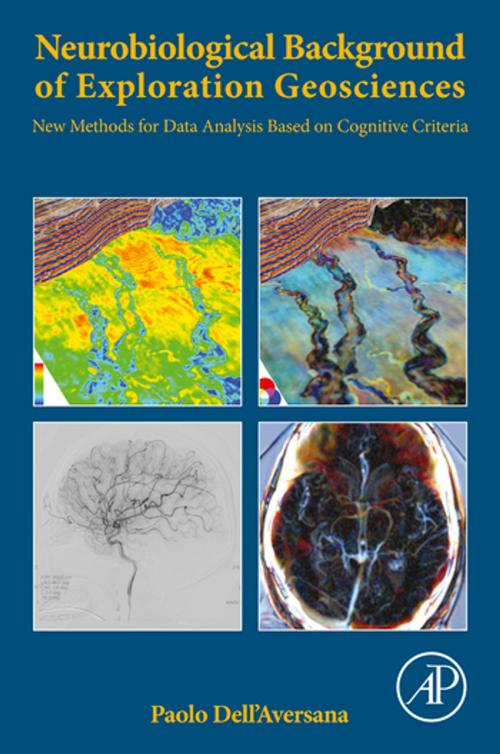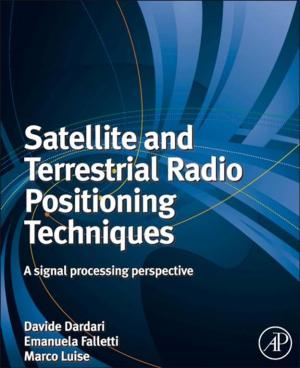Neurobiological Background of Exploration Geosciences
New Methods for Data Analysis Based on Cognitive Criteria
Nonfiction, Health & Well Being, Medical, Specialties, Internal Medicine, Neuroscience, Science & Nature, Science, Biological Sciences| Author: | Paolo Dell'Aversana | ISBN: | 9780128104811 |
| Publisher: | Elsevier Science | Publication: | July 14, 2017 |
| Imprint: | Academic Press | Language: | English |
| Author: | Paolo Dell'Aversana |
| ISBN: | 9780128104811 |
| Publisher: | Elsevier Science |
| Publication: | July 14, 2017 |
| Imprint: | Academic Press |
| Language: | English |
Neurobiological Background of Exploration Geosciences: New Methods for Data Analysis Based on Cognitive Criteria examines the neurobiological background of earth science disciplines. It presents the fundamental features of the human brain that form the cognitive basis of exploration geophysics and investigates how their analysis can drive the development of new brain-based technologies. Crucial aspects of human cognition include the impulse to explore the environment, the ability of our brain to create mental maps and virtual images of the world, and the human ability to recognize, integrate and save patterns of information in a shared memory.
Geoscience technology can be made more effective by taking the working neurobiological principles of our brains into account. This book is appropriate for multiple audiences, including neuroscientists, cognitive scientists and geoscientists, presenting both theoretical and experimental results.
- Presents the neurological background of human brain function and cognition as it relates to the geosciences
- Explores possible links between geophysics, neural anatomy and neural physiology
- Dissects topics with a multidisciplinary approach and balanced combination of theory and applications
- Examines the potential mechanism by which exploration geoscience is triggered by specific neural systems located in primordial areas of the subcortical brain
- Proposes working hypotheses and possible scenarios for future research in neuroscience and the geosciences
Neurobiological Background of Exploration Geosciences: New Methods for Data Analysis Based on Cognitive Criteria examines the neurobiological background of earth science disciplines. It presents the fundamental features of the human brain that form the cognitive basis of exploration geophysics and investigates how their analysis can drive the development of new brain-based technologies. Crucial aspects of human cognition include the impulse to explore the environment, the ability of our brain to create mental maps and virtual images of the world, and the human ability to recognize, integrate and save patterns of information in a shared memory.
Geoscience technology can be made more effective by taking the working neurobiological principles of our brains into account. This book is appropriate for multiple audiences, including neuroscientists, cognitive scientists and geoscientists, presenting both theoretical and experimental results.
- Presents the neurological background of human brain function and cognition as it relates to the geosciences
- Explores possible links between geophysics, neural anatomy and neural physiology
- Dissects topics with a multidisciplinary approach and balanced combination of theory and applications
- Examines the potential mechanism by which exploration geoscience is triggered by specific neural systems located in primordial areas of the subcortical brain
- Proposes working hypotheses and possible scenarios for future research in neuroscience and the geosciences















